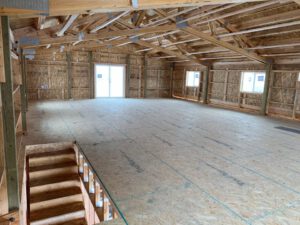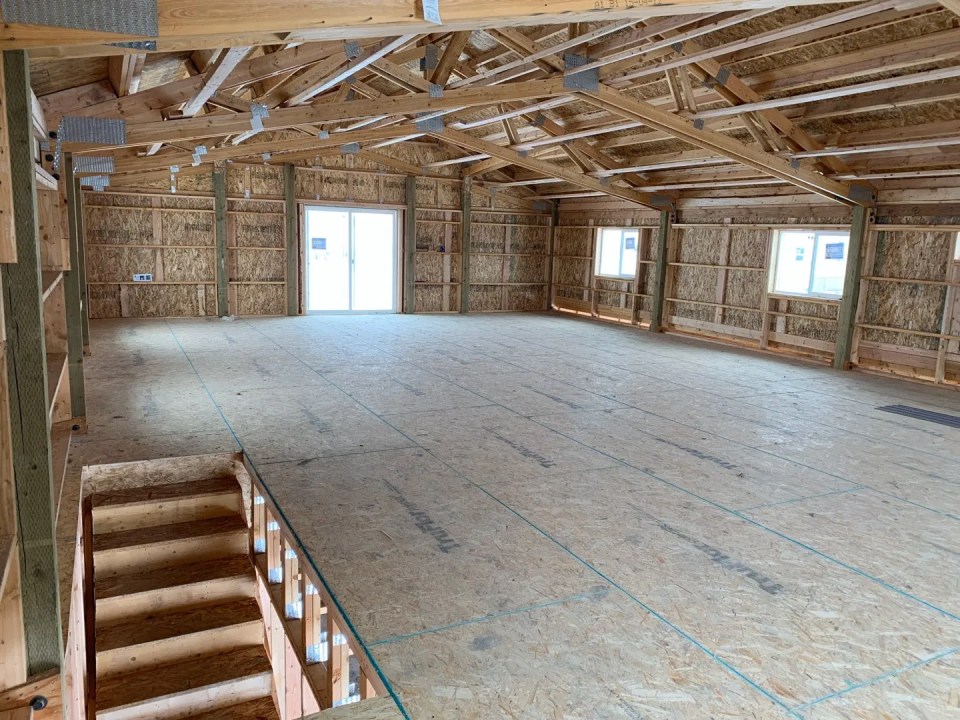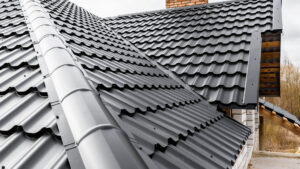Pole Barns are often considered an affordable alternative to a stick-built home. You don’t need to worry about doing the plumbing, electric, or wiring yourself, and you can often avoid the hassle of hiring a contractor. However, you should be aware that you will have to deal with the permitting process and local building codes. If you’re considering constructing a pole barn, here are some things to consider.

A post-frame construction for pole barns can be an efficient way to build a pole barn. The process is simple, with six key steps to follow. The first step is to line up the posts. When building a post-frame structure, you should make sure to keep the posts parallel to each other.
Another benefit of post-frame construction is that it doesn’t require a concrete floor or foundation. The posts are buried between four and six feet into the ground, providing strength and stability. When the posts are installed, you won’t need to pour concrete into the foundation, and you’ll have plenty of space to insulate the interior. In addition, wood is an excellent insulator.
Post-frame construction is also cheaper than other methods since the cost of lumber, labor, and tooling is significantly lower. A post-frame building is also easier to assemble than a stick-built building, and most do-it-yourselfers can do it without professional help. But if you’re not comfortable with the construction process, you can always hire professionals to design the pole barn for you.
The next step in the process of pole barn construction is to prepare the building site. Make sure to choose a spot with good drainage. A level area will ensure that water doesn’t pool or collect. You can use a backhoe or a shovel to dig the hole. A cement truck will help pour the concrete on the site.
In addition to being more economical, post-frame construction for pole barns is versatile and durable. It’s also faster to build than stick-built structures. Moreover, it’s easier to make adjustments.
If you’re looking for an affordable and sturdy material for your pole barn, consider using pre-cut steel panels. These panels are great for light commercial and residential construction. In addition to pole barns, these steel panels can be used for utility buildings, storage sheds, and other projects. These panels are also easy to install.
When choosing the proper gauge for your project, make sure you look at the thickness of the metal used to make the panels. The smaller the gauge number, the thicker the metal used. Remember that thicker is stronger, while thinner means it’s cheaper. Make sure you measure the steel bare, though – some companies measure it with paint on it.
Steel is the most common exterior material for post-frame construction. It is also lightweight and easy to install. You can hire a pole barn builder to install it for you or do it yourself. Metal panels are also very low-maintenance and damage-resistant. You can even get a warranty for 30 or more years on a metal-paneled pole barn.
Metal panels for pole barns can come in a variety of styles. Some are made of exposed fasteners, while others are screwed into the frame. It is important to choose a panel style that fits your needs and budget. You may even want to consider a standing seam metal roof if you’re building an upscale barn.
If you decide to cut the panels yourself, be sure to wear protective clothing and eye protection. Cutting steel panels can cause damage to nearby pre-painted steel products. For the most consistent, clean cuts, use a fine-tooth plywood blade and be careful with your movements.
When building a pole barn, it is important to consider the material of the poles. You can choose between metal and wood, or you can choose a combination of the two. The type of material you choose will depend on the purpose of the barn and your budget. Metal pole barns are typically more durable than wood ones.
Metal pole barns are a great option for outdoor storage. They can also be built to look similar to wood pole barns. Regardless of which type of material you choose, both wood and metal pole barns can add to the beauty of your property. However, wood pole barns are more expensive than metal ones.


